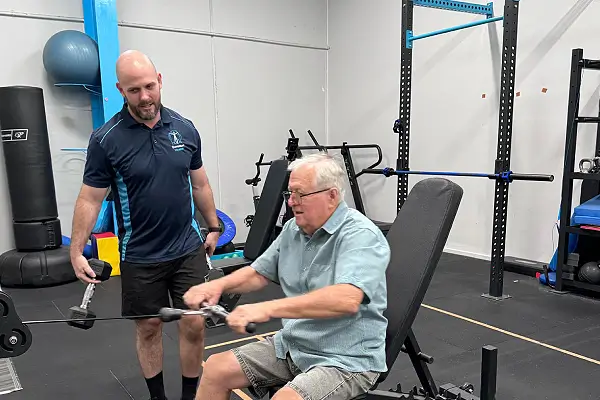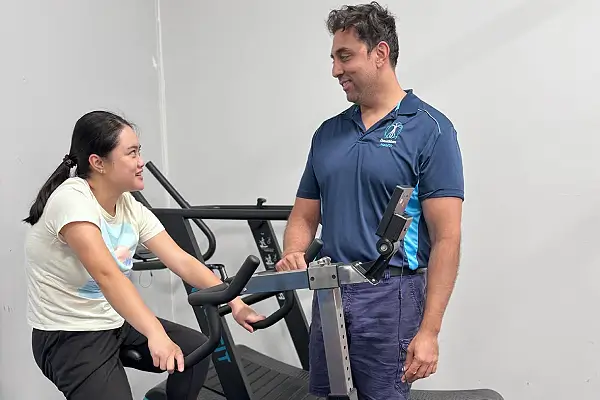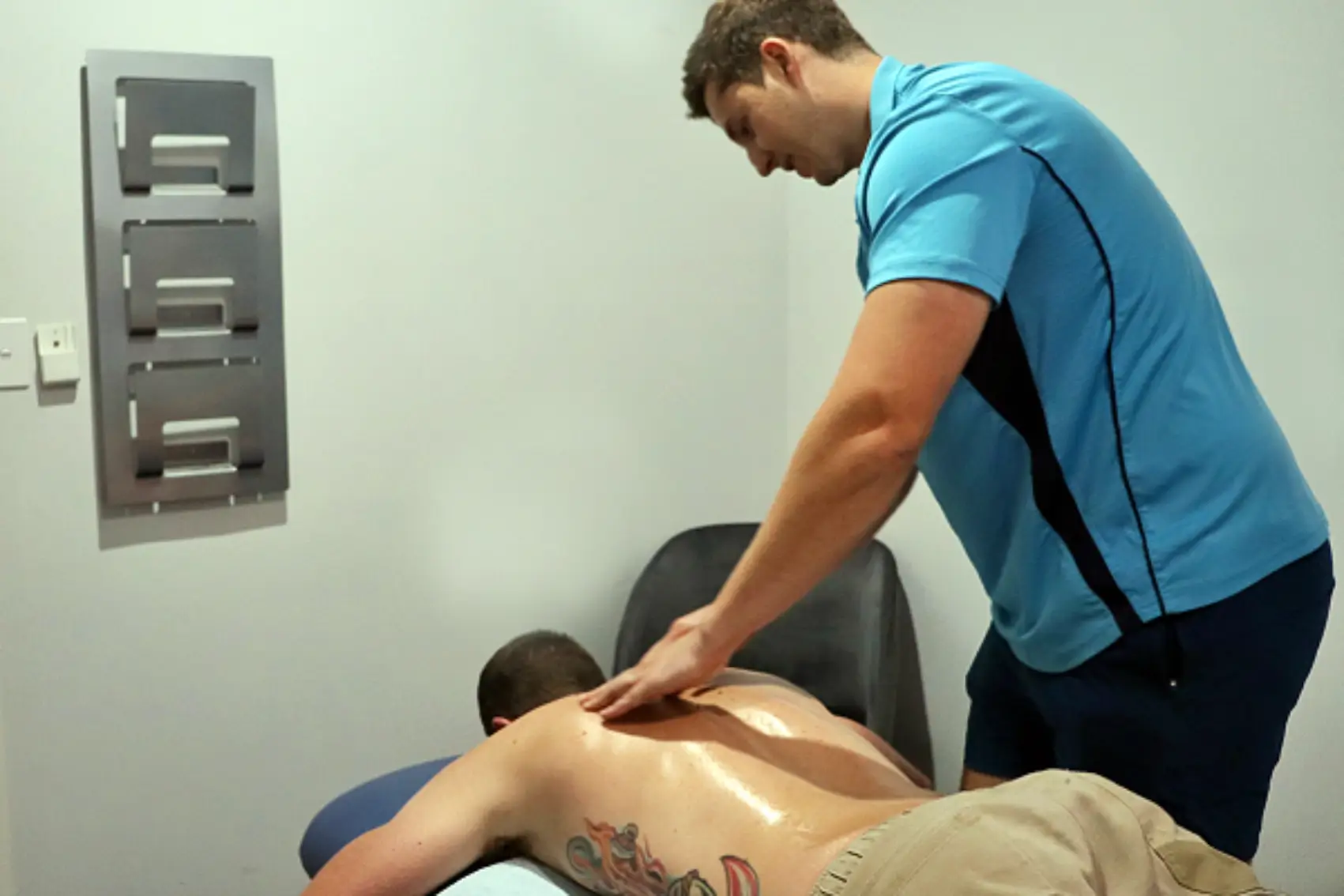What is an Ergonomic Assessment
An ergonomic assessment assesses how a person interacts with the environment around them. Primarily, this is an assessment of someone’s desk or workstation. An ergonomic assessment is completed at the employee’s workplace by either a trained occupational therapist and/or physiotherapist.
The purpose of an ergonomic assessment is to rectify issues causing prolonged or chronic musculoskeletal difficulties. After a problem or risk is identified our staff are able to make changes/modifications to correct this.
What does an ergonomic assessment involve?
An ergonomic assessment typically takes 60minutes to complete and will involve the following:
- An interview with the employee regarding their injury or reported concerns.
- An assessment to establish their physical capacity and potential limitations.
- Comprehensive report identifying the current ergonomic set up, and any recommendations for modification, equipment or postural changes.
Considerations for an ergonomic assessment include but are not limited to the following:
- Office Chair or Seat
- Workstation (e.g. Desks)
- Computer positioning
- Mouse and Keyboard
- Leg space and footrest requirements
- Document use
- Storage
The following physical considerations will also be assessed during an ergonomic assessment:
- Posture
- Repetition
- Speed of task completion
- Rest breaks
- Task rotation
When should an ergonomic assessment be conducted?
- When there are complaints of neck or back pain with prolonged sitting, desk duties or driving.
- Complaints of eye strain.
- Reported concerns regarding shoulder, arm or wrist discomfort with keyboard, mouse or control use.
- Reports of uncomfortable seating.
- Difficulties returning to normal duties at work following injury or illness.
What are the benefits of an ergonomic assessment?
- Identify ergonomic risks in the work place, and prevent resultant injury and illness.
- Identify workers at risk of injury.
- Prevent fatigue and inefficiencies caused by poor posture and work practices.
- Educate employees regarding rest breaks and energy conservation strategies to minimize the risk of musculoskeletal injuries and other health problems.
- Provide confidence regarding work procedures and ergonomic principles.
- Improve work skills and efficiency.
- Promote self-management of symptoms and workstation setup.







